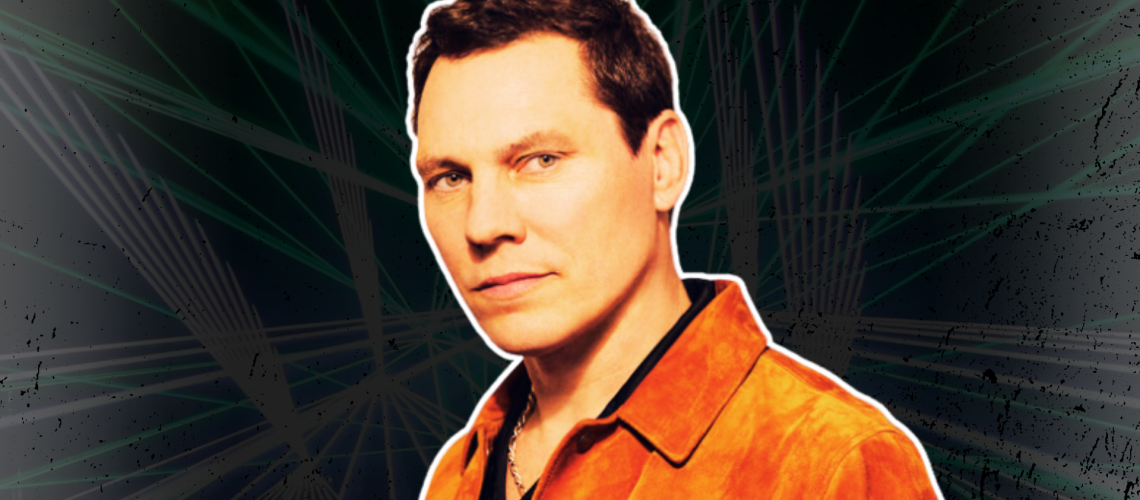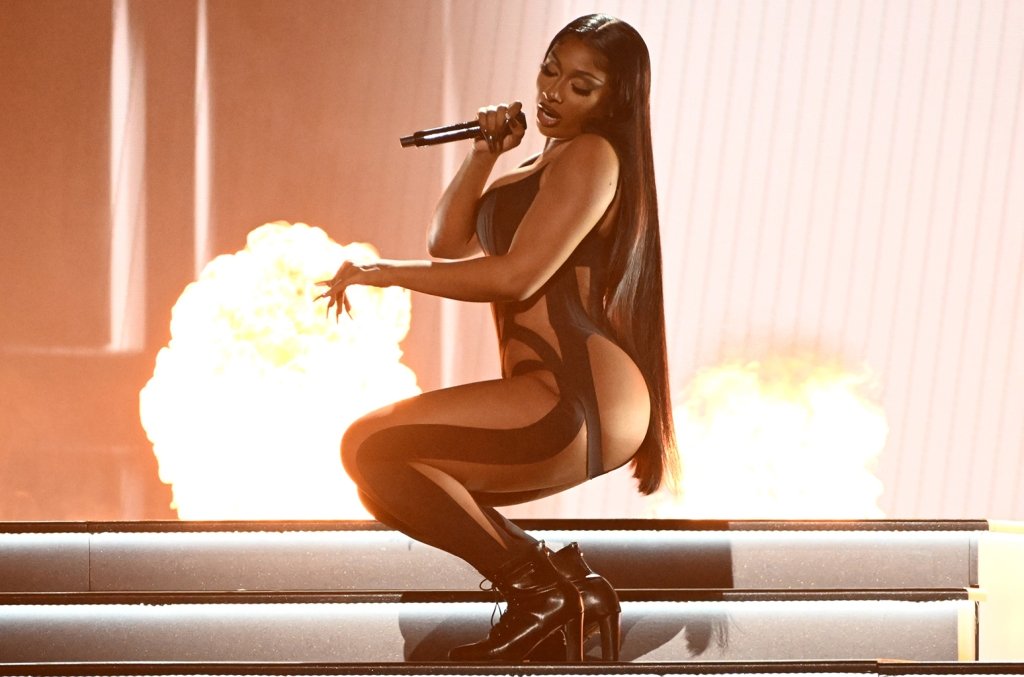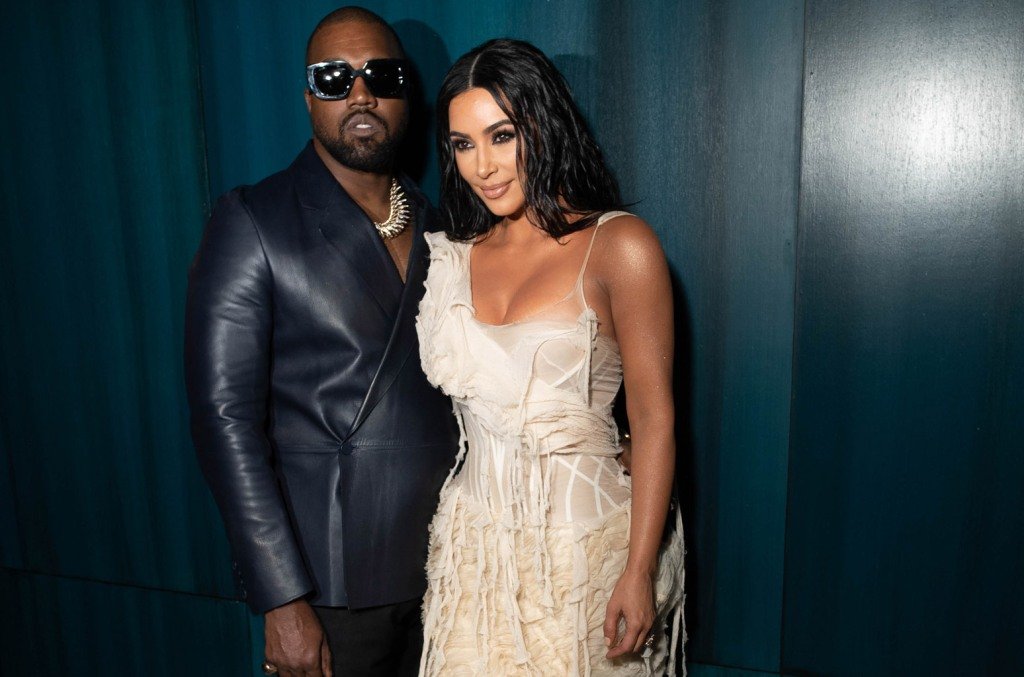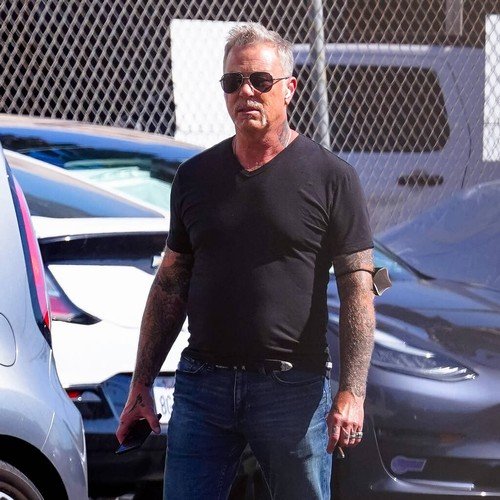What is Trance Music in a Nutshell?
Trance music is a genre of electronic music known for its melodic, hypnotic qualities and energetic tempo.
Its key components feature repetitive beats, uplifting synths, and emotional melodies.
The goal is to create a euphoric, almost meditative state for listeners. Maybe that’s why it’s called “trance music”… 🤔. Typically, Trance music tracks have a tempo ranging between 125 and 150 BPM. What truly sets trance music apart is its focus on melody.
Other genres like Drum and Bass or Tech House prioritize hard-hitting drums or powerful basses. In Trance music, the focus is on long, evolving melodic lines built around lush synths. These melodies are designed to create an emotional journey for this listener. As you’ve heard many times, “It’s about the journey, not the destination”. And it couldn’t be truer than for a genre like Trance music.
This also means that Trance tracks usually have a dynamic ebb and flow, with slow and dramatic build-ups and euphoric drops. Trance music producers aren’t scared to have tracks reaching 7 or 8 minutes for example.
Another hallmark of trance music is the “trance gate”, an effect that has been used across millions of tracks. But more on that later 👀
Prominent artists who have shaped the Trance music scene include Paul van Dyk, Tiësto, and Armin van Buuren. Although many of these artists have often crossed over into more “mainstream” territory (I’m looking at you, Tiësto and “The Business” 👀) – they have had an undeniable impact on shaping what trance music is today.
The History of Trance Music
Trance music began in the early 1990s, primarily influenced by the techno and house music scenes in Europe.
Germany, particularly Frankfurt, became a central hub for the genre. DJs and producers like Paul van Dyk and Sven Väth were responsible for shaping the early sound of Trance music. As the genre evolved, it spread internationally, gaining traction in the UK and eventually becoming a staple of global EDM culture.

The 2000s are often referred to as the golden era of Trance music. This is when the genre reached unprecedented levels of popularity and influence.
Massive classics such as Darude’s “Sandstorm” and Tiësto’s “Adagio for Strings” emerged during this period. In case of you haven’t noticed, Sandstorm still gets played on the regular at every festival 😉.
These tracks became anthems not just within the Trance music community but also in popular culture. “Darude – Sandstorm” even became a popular meme across the Internet in the mid-2010s. YouTube even integrated a button temporarily that allowed you to play the track over any video you watched.
This period also saw the rise of massive DJ superstars like Armin van Buuren and Ferry Corsten headlining the biggest festivals. And to hammer the point home, Tiësto performed at the 2004 Summer Olympics in Athens!
Characteristics of Trance Music
Drums
Trance music’s tempo typically sits between 125 and 150 BPM. This provides quite a broad range of either chilled-back Trance music or a more energetic style.
The kick drum is fundamental and is usually deep and punchy. Hi-hats, claps, and snares are used to build rhythm and create a dynamic texture. Hi-hats often come in two varieties: closed and open. Closed hi-hats are typically used to maintain a steady groove, while open hi-hats introduce variation and fill out the higher frequencies. Claps and snares usually emphasize the backbeat.
The drum patterns in Trance music are relatively straightforward:
- kick drum on every beat;
- a clap or snare on every second beat;
- a closed hi-hat on every 16th beat;
- an open hi-hat on every off-beat.

The crash cymbal is also a defining feature of Trance music.
Often, you will hear a kick and crash played simultaneously. Often this is used during the build-up of a track. It sounds a little like this:
Bass
The bass in Trance music is never an overpowering force. It usually simply provides a backbone for the rest of the track to shine.
A classic Trance bass will be composed of a simple low-passed saw wave, with sometimes a bit of detuning:

The key however to getting that Trance sound is by using sidechain compression. This means that every time the kick hits, the bass drops in volume. This creates the classic pulsating effect:
Melodies
What truly defines Trance music is its focus on melody. Trance tracks often feature long, evolving melodic phrases. They are often in a major key, creating an uplifting and positive feeling.
The lead melody is usually carried by a bright, energetic synth sound that stands out prominently in the mix. This can be either with a highly compressed piano or with a synthesized sound.
Alongside the lead, arpeggios are often used to fill out the spectrum. These are fast, repeating patterns synth lines that add melodic movement.
Check out this track by Darude, and notice how strong and emotional the melody is:
Vocals also play an important role. While not always present, when used, they tend to be ethereal, with lyrics that are often emotional or introspective. In many cases, vocal tracks become anthems within the genre, further solidifying the connection between the listener and the music.
You’ve then got the classic “trance gate”, which is often used on synths and vocals.
This effect is basically a noise gate that opens and closes in a rhythmic fashion. It creates this stutter effect that has been used in pretty much every genre in existence:
3 Subgenres of Trance Music You Need to Know
Progressive Trance
Progressive Trance stands out for its intricate development and gradual build-ups. The subgenre is known for a slower build-up of energy. Unlike some trance styles that make an immediate impact, Progressive Trance takes a more measured approach, slowly building its momentum. Tracks often feature extended intros and breakdowns, creating a sense of anticipation.
Uplifting Trance
Uplifting Trance, also known as “Emotion Trance” or “Hands-Up Trance,” is all about high energy. This style really took off in the early 2000s, and it’s designed to get people feeling euphoric. The tracks are characterized by dramatic build-ups and explosive drops. Most mainstream Trance music hits would be categorized as Uplifting Trance.
Uplifting Trance often features orchestral elements such as strings and pianos. The melodies are usually memorable and, you guessed it, uplifting 😅
Psychedelic Trance
Psychedelic Trance, better known as Psytrance, is worlds apart from classic Trance.
Firstly, the BPM can often reach 150 BPM or even 160 BPM. The sound design is really intricate and complex. The tracks often feature crazy synth patterns that modulate over time. You’ve also got processed vocals and a typical rhythmic bass pattern:
That’s It for this Guide!
That’s it for this guide on Trance music! Hopefully you found it useful, and will be able to spot a Trance track the next time you hear it 😊
Looking to learn how to make electronic music yourself? Check out our free Masterclass below 👇




